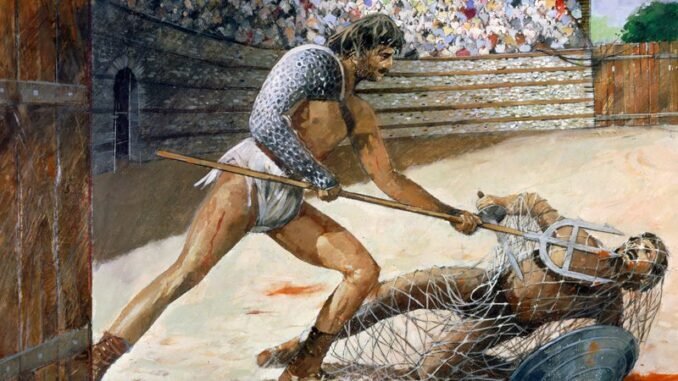
Today’s top athletes earn incomes that no one could argue are not fully commensurate with the work they do. It’s easy to attribute this to modern “athlete worship,” but what if we told you that the highest paid athlete of all time didn’t live in this century? Or the last one? In fact, to find the highest paid athletes, we would have to go back to antiquity – to the days of Roman gladiators and charioteers. You might be surprised to learn that sports were big business for the Romans. There are a lot of gladiator myths out there, so let’s take a look at the lucrative world of sports in ancient Rome.
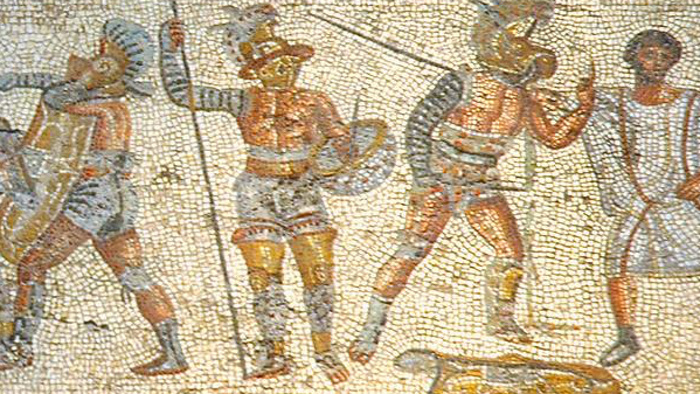
The Romans loved their sports
The Romans loved sports and displays of strength and athletic endurance. They were originally private affairs held in the indoor gymnasiums and outdoor arenas on the estates of the wealthy elite. The ability to hold such events was a sign of the wealth and privilege of the upper classes. Under Emperor Nero, who was generally not considered a man of the people, these sporting events were made public. First, public gymnasiums were built, then huge arenas and amphitheaters. These facilities were large enough for epic gladiator fights, Olympic games, and Ben Hur -style chariot races .
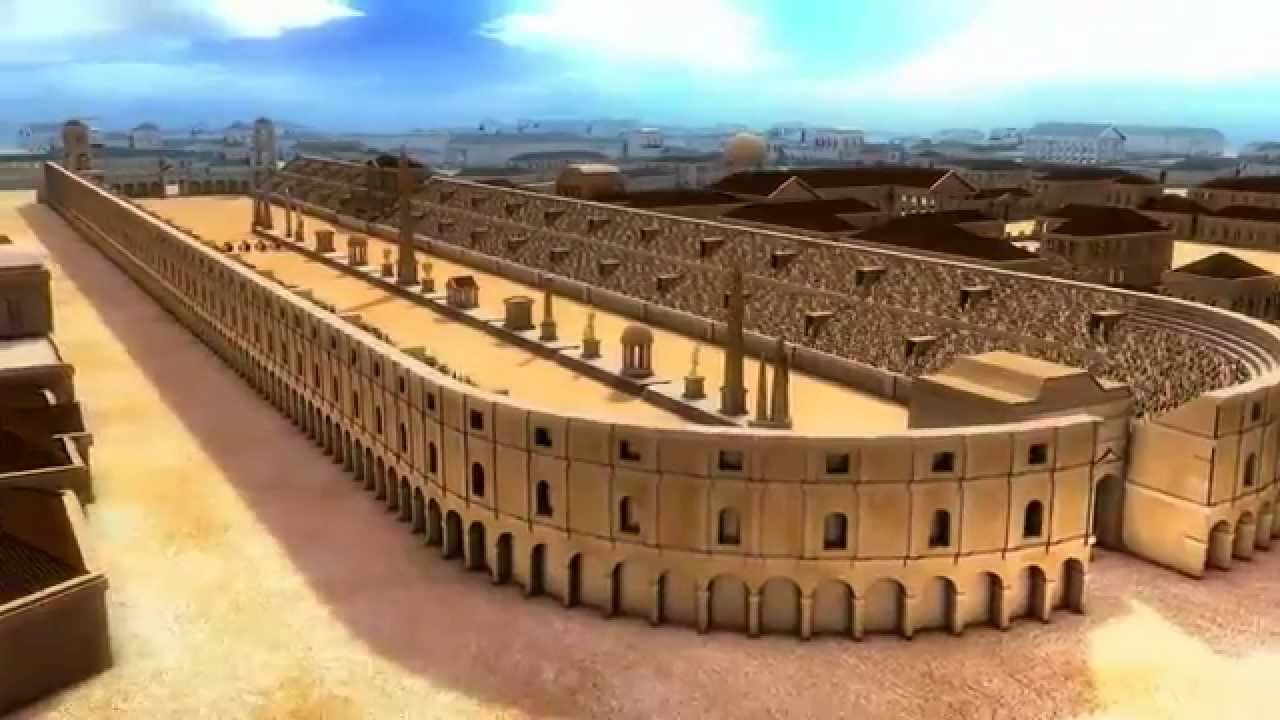
Rome’s Circus Maximus
The Circus Maximus was Rome’s mass entertainment venue, as Netflix is for us today. It was the largest sports arena in the entire Roman Empire, with a capacity of 150,000 spectators. This is larger than Michigan Stadium’s “Big House” and equivalent to North Korea’s Rungrado May Day Stadium.
The Circus Maximus was the pinnacle of the Roman sports industry and served as a model for today’s sports stadiums. Even with all those seats, people rushed to the stadium on the eve of sporting events to get a good seat. They spent their time drinking, eating, fighting and lusting. Just waiting for the show to start was a show in itself. The Romans actually had a term for it – furor circensis .
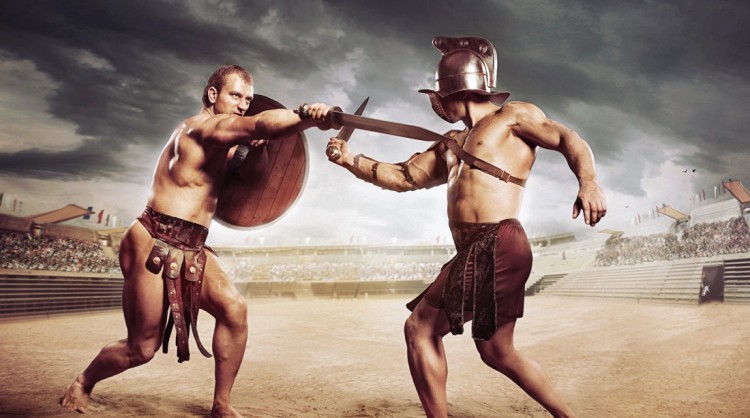
Gladiators and their games
Ancient gladiatorial games were violent hand-to-hand combat events held for entertainment purposes. Fighters were encouraged to demonstrate Rome’s military philosophy of fighting hard and dying with honor. While it is true that gladiators were often slaves or prisoners of war, it is a myth that they were simply thrown into the ring to fight to the death. Roman spectators demanded more than that. In fact, they appreciated the best athletes and fights alike. As such, fighters were trained in gladiatorial schools, where they worked, practiced fencing and fighting techniques. They were well fed to maintain their strength and build their muscles. For wealthy sponsors and patrons of the games, gladiators were a commodity. A great gladiator can attract a huge crowd of fans.

Gladiator school – not just for criminals and slaves
It is also a myth that gladiators were all slaves or prisoners of war. Certainly, some were, but others volunteered to enter the schools. Some sought fame and fortune in the arena, others the thrill of games, and still others just a roof and three squares. Whatever the reason, there seemed to be no shortage of gladiators willing to fight in the Circus Maximus and other similar arenas. Just like film school, however, participation in gladiator schools did not automatically mean that the student would become a star. To keep the caliber of entertainment high, only the best and strongest fighters were sent to the arenas, but the gladiator school could also open other doors. Marc Antony, for example, chose his personal bodyguards from a gladiator school.
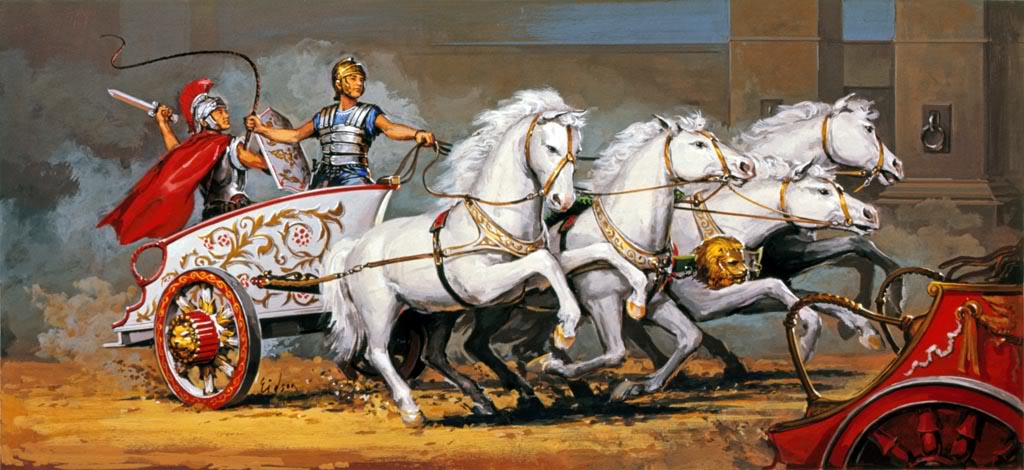
Chariot racing and its superstar drivers
One of the most popular events in the gladiatorial games was the chariot race. Like wrestlers, chariot drivers may be former slaves or convicts who were forced to participate in races, or they may be top athletes. It was a real human rights dice roll. The best chariot drivers attracted huge fan bases and were brought back again and again for spectacular races. Chariot drivers and gladiators could also keep their earnings, which came in the form of gold and land. These fighters were the stars of ancient Rome. Everyone knew them by name and they were the big draws of the games. Fame and fortune came to those who excelled in the gladiatorial games.
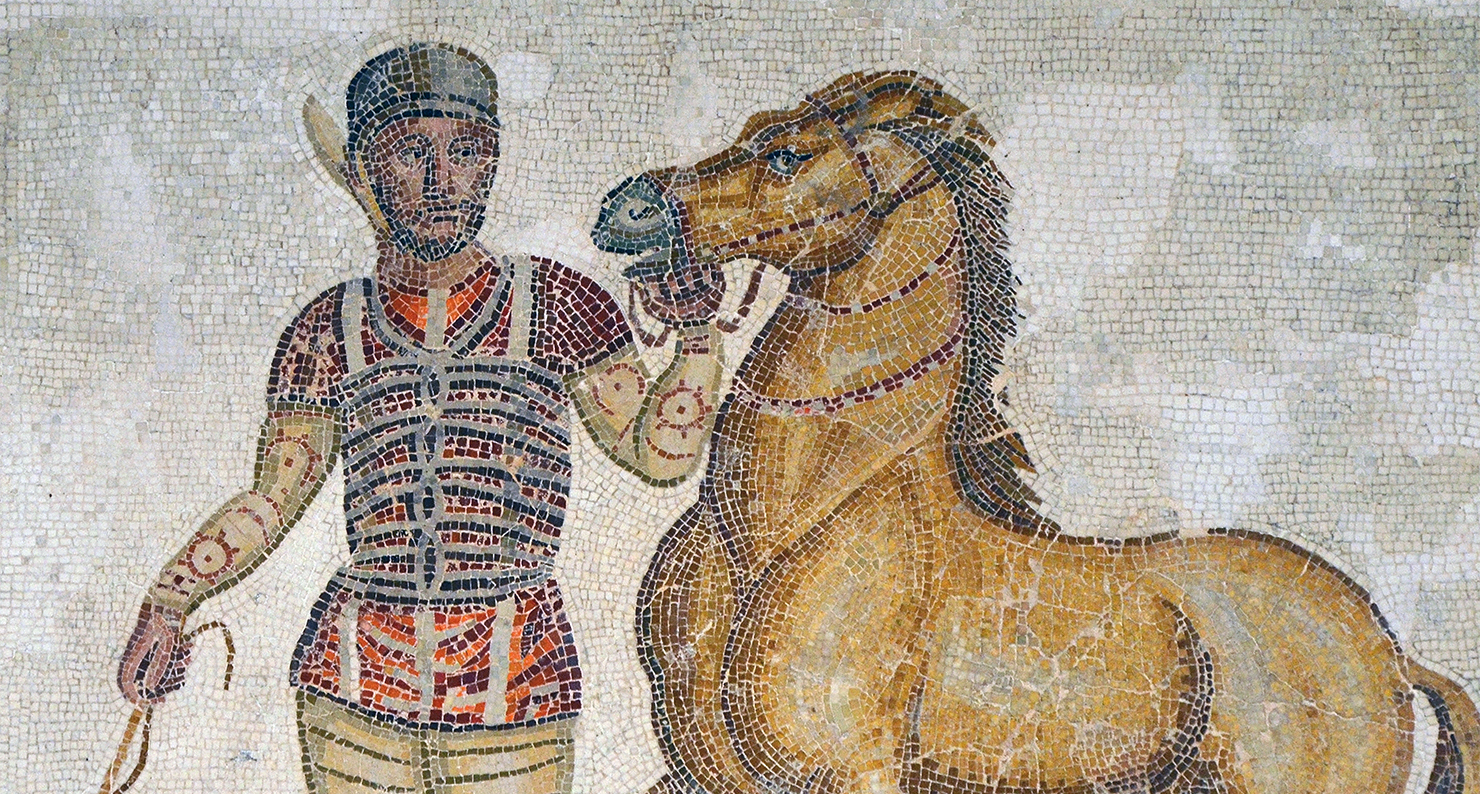
The highest paid athlete in history
The Romans were so grateful for their famous athletes that they showered them with wealth and honor. One such athlete was Gaius Appuleius Diocles, a charioteer who lived from AD 104 to 146. Diocles spent 24 years as a chariot driver, reaching the pinnacle of his profession. To say he was a superstar is an understatement: Diocles was the best of the best. According to the inscription on his monument in Rome, Diocles earned 35,863,120 sesterces in prize money during his lifetime. That sum equates to over $15 billion in today’s money. That’s five times the salary of government officials at the time, and about the same as all soldiers in the Roman army. None of today’s professional athletes have come close to reaching that figure.
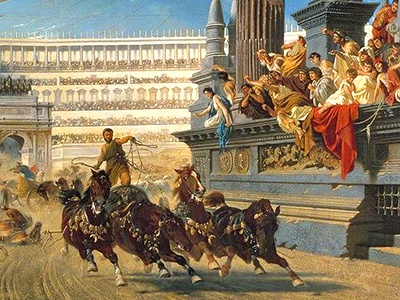
Millennium of Gladiator games
Gladiatorial games were the most popular form of entertainment in ancient Rome for nearly 1,000 years, from the 1st century BC to the 2nd century AD. They were much more popular than stage plays and musical entertainment. The games came to an end after Rome adopted Christianity and the death and violence associated with the games came to be seen as brutal and barbaric, but much textual evidence remains to paint a picture of the gladiatorial games and circus frenzy they inspired . the people of Rome. In addition to all the decadence and violence that fans practiced before and during games, they loved to cheer for their favorite athletes and teams … which were often divided by the colors of their clothing.